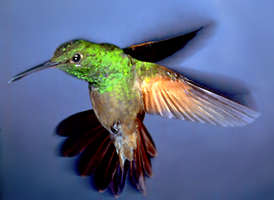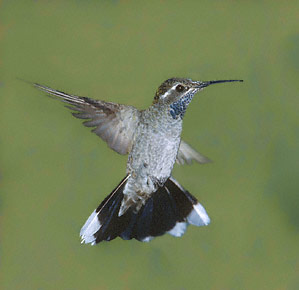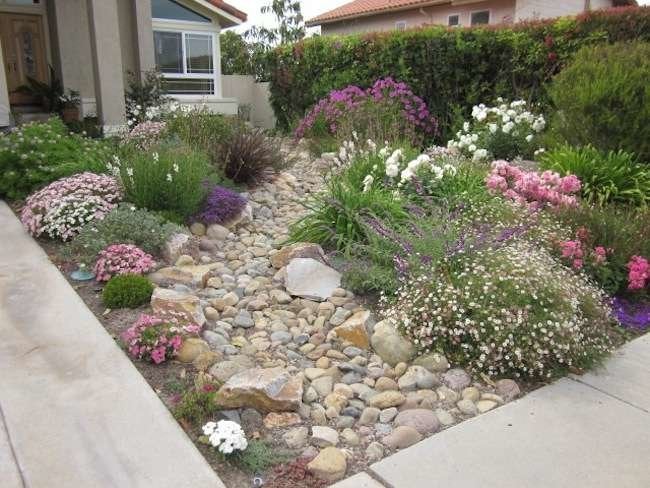WebMD Feature
Reviewed by Louise Chang, MD
Your child may not look sick to you. So before you heat up the chicken soup and call your boss, you might want to consider the possibility that something other than a virus has invaded your home.
Yes, we're talking deception. Faking it. Playing hooky, a la Ferris Bueller's Day Off. Just as Matthew Broderick, the lead actor in the hit 1986 movie, decided to give himself a glorious day off (including a spin around Chicago in a "borrowed" Ferrari), there is the possibility your child is faking it -- for attention, the thrill of it, or a zillion other reasons.
Up to 10% of kids try to dupe their parents. Sometimes, the guise is relatively innocent; but sometimes it masks serious problems, such as anxiety, depression, or their wish to avoid a bully.
Given the anxiety many parents feel when their children are sick -- how can you figure out which symptoms are real and which aren’t? WebMD asked three experts who've seen their share of faking -- a pediatrician, an adolescent psychologist, and a former school nurse -- to clue us in.
1.) If there’s any doubt -- especially when potentially serious illnesses are a possibility -- call your child’s pediatrician.
2.) Look for Telltale 'Faking' Signs -- Be suspicious, if your teen is glued to a TV-watching marathon, wide awake, it could be a sign that he’s faking it.
3.) Get to the Bottom of the Problem -- If There Is One. Once you've decided it's an act, try to figure out why. Although some kids are just feeling lazy, others may have a sense of entitlement.
But some kids who fake it have more serious underlying problems, not just laziness or mischief. A common reason for faking is being bullied.
This is a case of psychological problems leading to physical symptoms, says Barry Anton, PhD, a clinical child and adolescent psychologist at Rainier Behavioral Health and professor of psychology at the University of Puget Sound in Tacoma, Wash. Faking becomes "malingering," he says. "Malingering is defined as assuming a sick role to avoid something."
The child in this case may not even be aware that the psychological problems led to the physical ones, Anton says. "The pain is real, the cause is psychological," he says.
These scenarios are more common, he says, in younger children who haven't yet learned to verbalize their emotional feelings. "As they get older, they have better coping skills," he says, and are better able to talk about their anxiety and other problems instead of having it manifest in pain.
4.) Decide if You're Contributing to the Problem. Children from "chaotic and disorganized families" in which the parents themselves may complain about physical symptoms due to psychological stresses are also more likely to fake it. They are modeling their behavior after their parents' behavior.
If this sounds like your house, consider getting professional help -- for you and your child -- to learn to deal with the anxiety anddepression and other problems that may be leading to the physical symptoms.





















